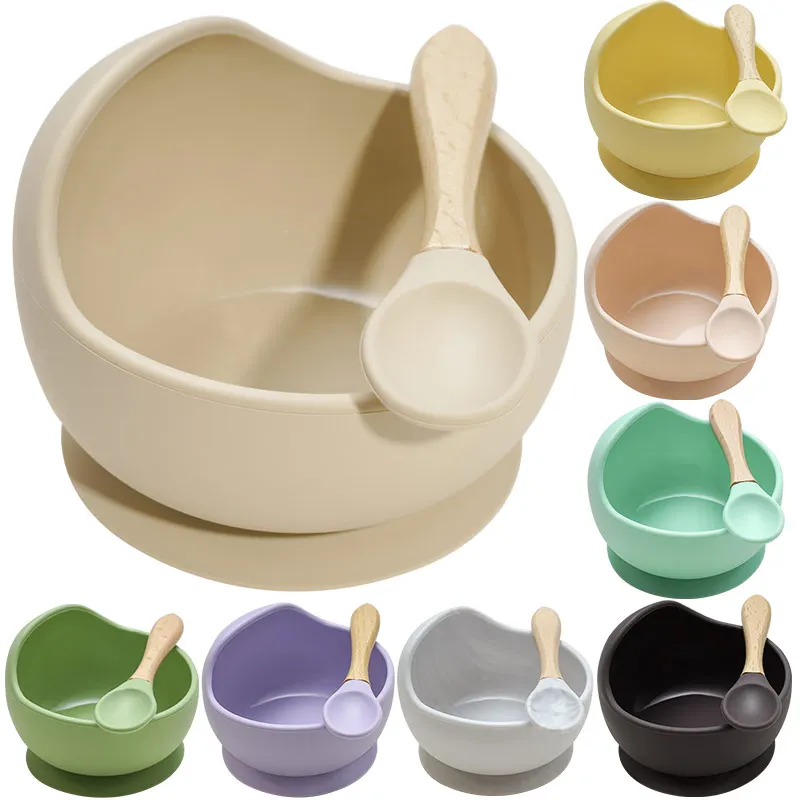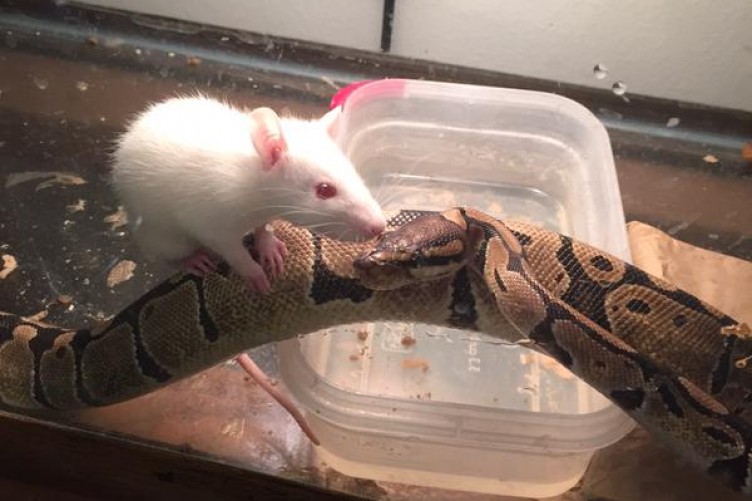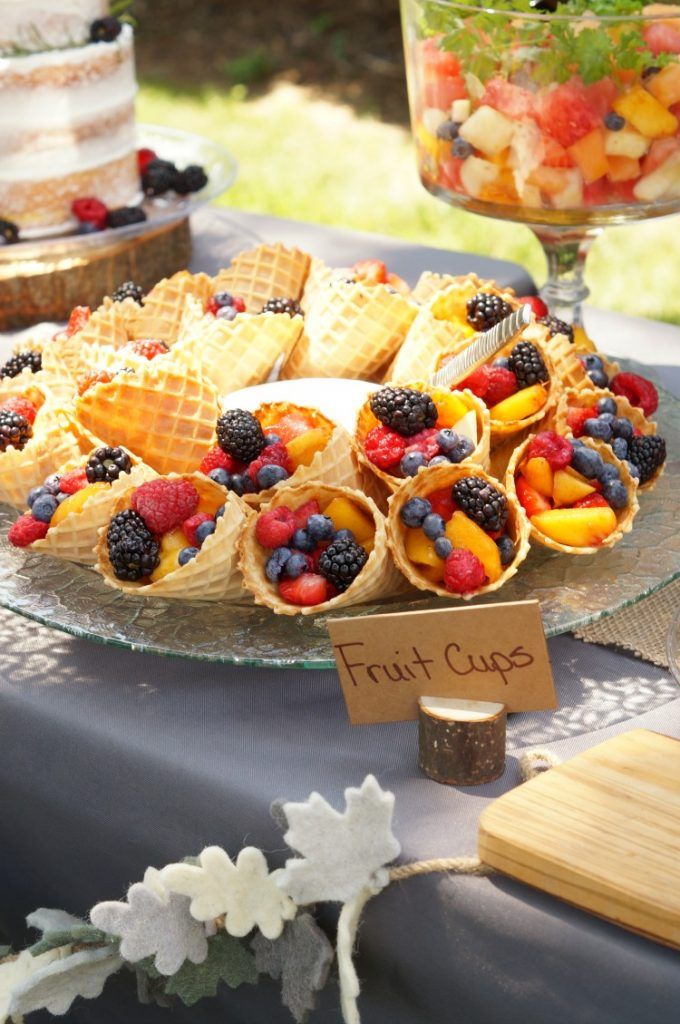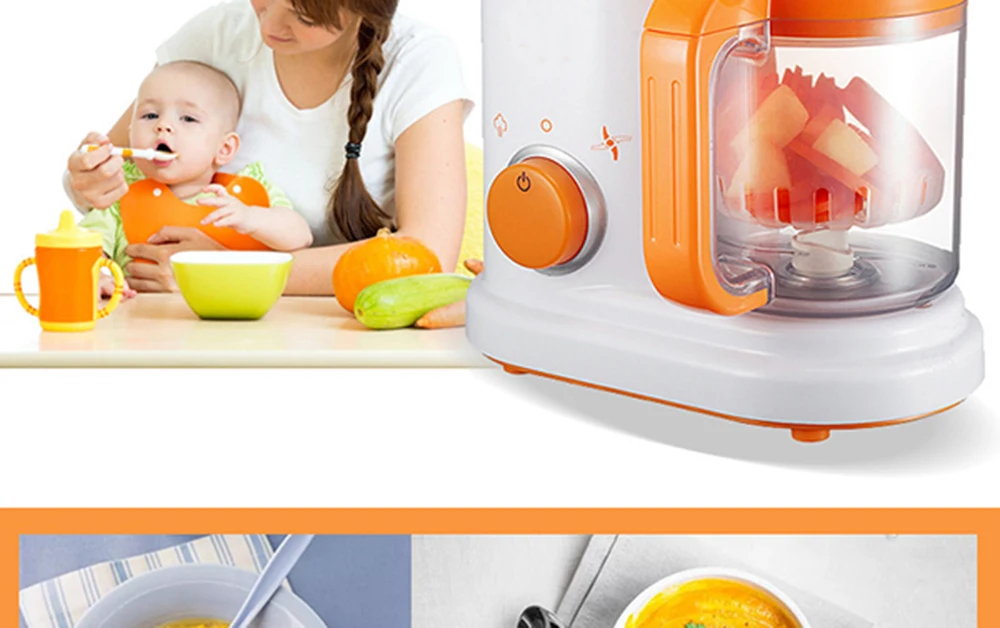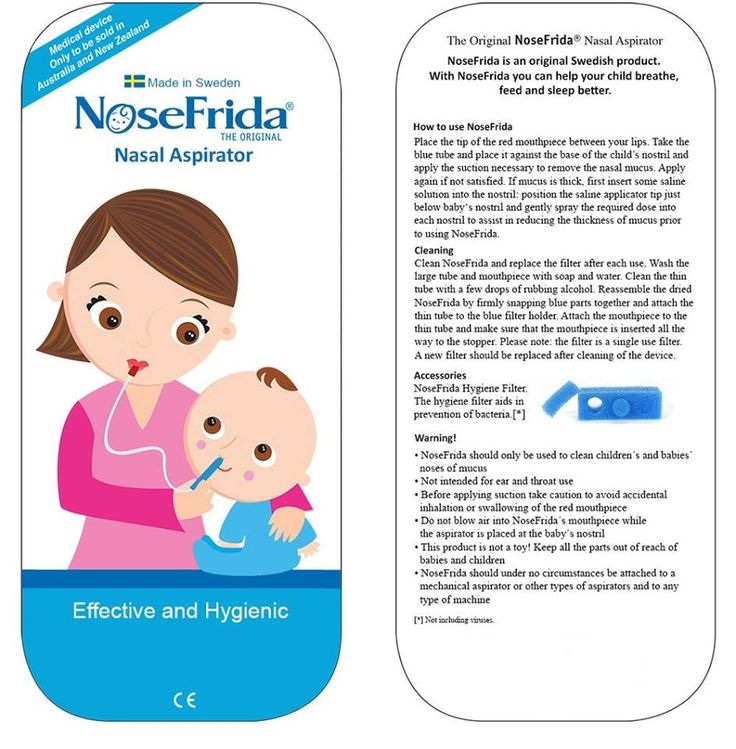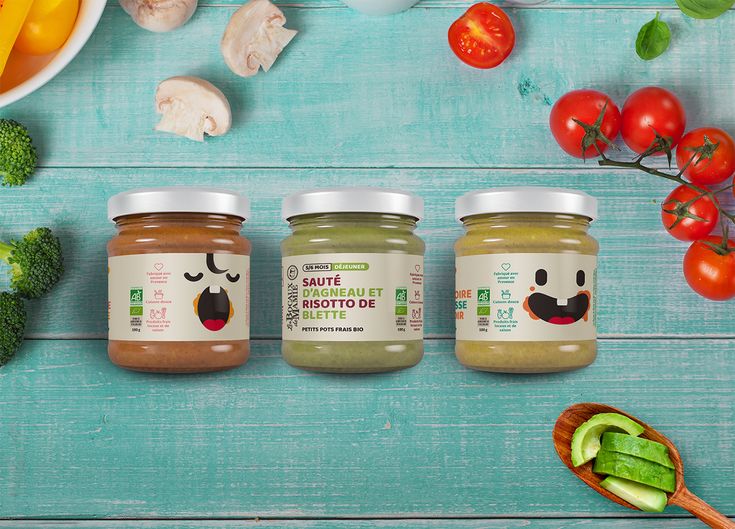Feeding bowls for babies
Best Suction Bowl for Babies and Toddlers (Updated 2022)
Find the best suction bowls for babies and toddlers with info on durability, how well they suction, materials including bamboo and silicone, and the best ones with storage lids.
Best Suction Bowls
I remember feeling like I would never be able to give my daughter a bowl or plate since she was forever flipping them over (or putting them on her head). But by removing the option of play with a bowl that suctions to the table, I had a whole new world of food options to serve her.
There are a lot of suction bowls on the market and a lot that don’t secure very well. And while I can’t guarantee that any are 100% baby and toddler proof—especially since I know that the kids can be very determined when they want to be!—these are the best ones that we’ve tested.
When preparing lunch ahead for our sitter to give to my two younger kids this year, I actually use a few of these products almost daily. I love the ones that double as storage containers! Let’s get into my picks.
AEGI Silicone Suction Bowl with Lid
This is my absolute favorite pick. I’ve been using two of these consistently for a year and they look the same as when they were brand new. I love the sage green color, that the bowls are soft to the touch, are safe for the microwave and dishwasher, and that they suction well. $16 for bowl and lid.
Bumkins Baby First Feeding Set Silicone Suction Bowl with Lid
This set is one we’ve used for over a year and we’ve gotten a lot of use out of it! It comes with a spoon that’s a great one for a baby to start practicing self-feeding too. The silicone is 100% food safe, BPA-free, PVC-free, phthalate-free and lead-free. It’s also safe to use in the freezer, fridge, microwave, and in the top rack of the dishwasher. It also comes in a handful of pretty colors! $14.99 for a bowl, lid, and silicone spoon.
Avanchy Bamboo Stay Put Suction Bowl
If you’re looking for a bamboo option, which is a safe choice too, this is a great option. It comes with one of my favorite baby spoons and has a silicone suction base, which detaches for easy cleaning. $19.99 for bowl and spoon set.
It comes with one of my favorite baby spoons and has a silicone suction base, which detaches for easy cleaning. $19.99 for bowl and spoon set.
Munchkin Suction Bowls, 3 Pack
If you want to stock up on a few suction bowls at an affordable price, this set is a great price! The suction base is solid, but it’s also easy for us parents to get the bowl off of the table or highchair too. These are made from BPA-free plastic and the package says they are microwave and top rack dishwasher safe (though I try to keep anything plastic out of high heat to be safe). $7.17 for a set of 3 bowls.
OXO Tot Stick & Stay Suction Bowl
I love OXO’s sturdy and durable kitchen supplies, and their suction bowl has a great design meant to both stick to the table and also be hard to tip over. This is made of BPA-free plastic and also comes in a wide plate option that has high sides which could be a nice choice too. $9.99 each
What are the best baby bowls?
In my personal opinion and after 9 years of feeding kids, I vote for a small silicone baby bowl with a lid.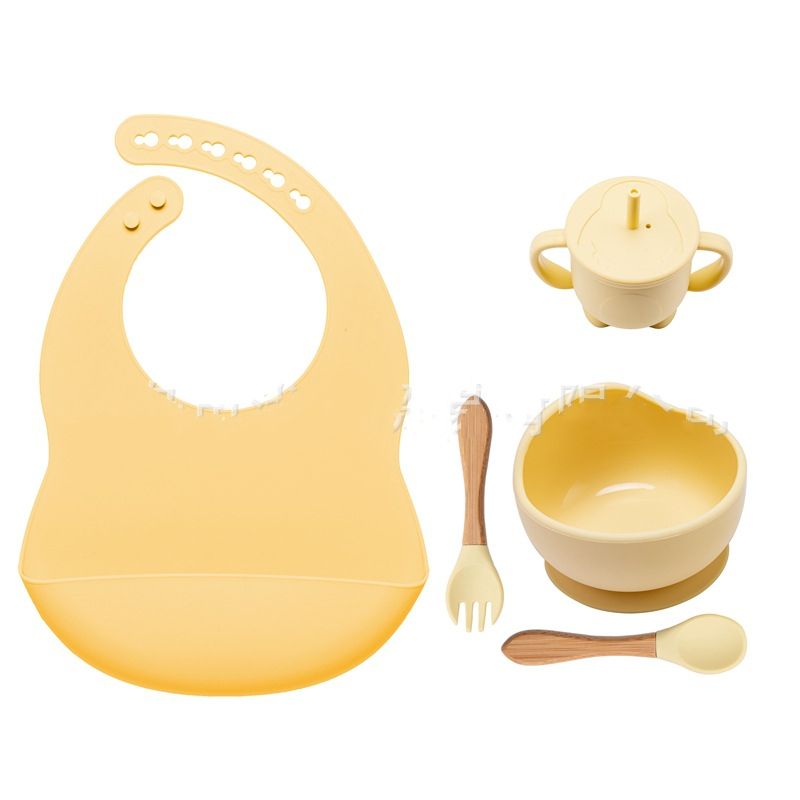 This will enable you to warm foods up and store them right in the bowl. You can also use these for years to come, so it’s a purchase that you can get a lot of use out of.
This will enable you to warm foods up and store them right in the bowl. You can also use these for years to come, so it’s a purchase that you can get a lot of use out of.
Are silicone bowls safe for babies?
Yes, silicone bowls are made of a safe material for babies. They are heat-safe and do not pose the same risks as some plastics when put under higher temperatures or into the dishwasher.
Are suction bowls microwave safe?
It depends on the material. I would not microwave plastic or bamboo bowls, but silicone is generally safe for the microwave.
What about the EZPZ mat with bowl?
I do like their regular mat, which you can use for liquidy foods since it has sides, but I don’t find the bowl to be the most versatile or long lasting item.
Best Tips for Using Suction Bowls
- Remember that no suction bowl is 100% toddler-proof, so be consistent with reinforcing the “we don’t play with our bowl” mealtime rule.
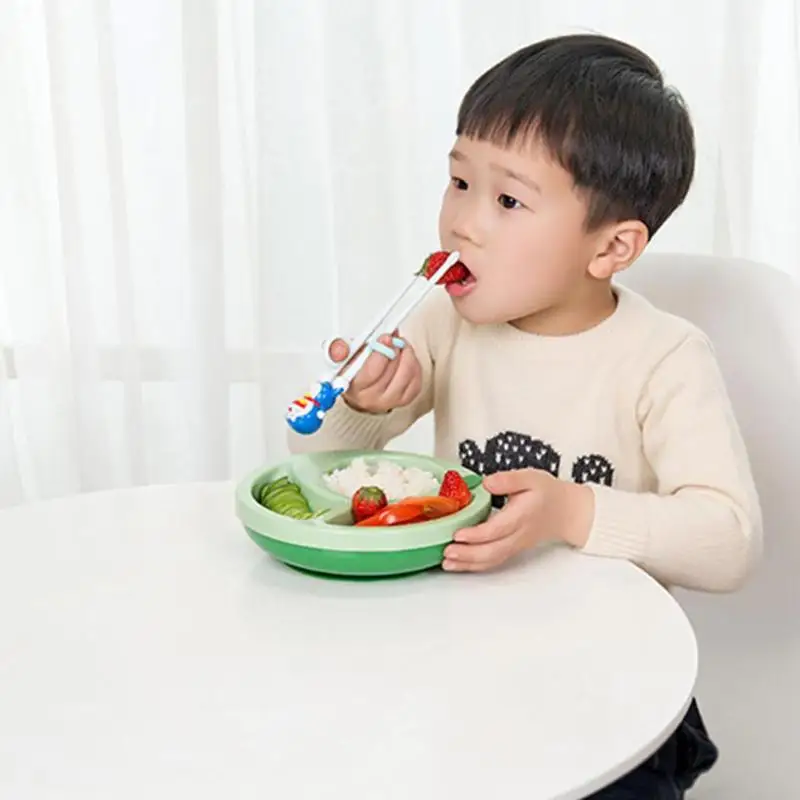 (At least that’s the rule in our house!)
(At least that’s the rule in our house!) - If one of my kids plays with their bowl, I take that as a sign that they either need my attention or are done their meal.
- If you. have trouble getting a bowl off of a surface (it happens!), slide it to the edge rather than pulling it straight up.
- Sometimes a tiny little bit of water under the base of the bowl can help it suction more securely.
- For a suction bowl with the most versatility, I’d opt for one that’s heat-safe and has a lid.
- I regularly use our suction bowls to pack leftovers for lunch or just as lunch containers. I store them in the fridge with their lids, them serve or warm them up as needed. (I sometimes even use them for myself!)
- Check out my picks for the best Toddler Plates, Toddler Utensils, Sippy Cups, Baby Feeders, and Reusable Pouches too!
Do you have a favorite one that I missed? I’d love to hear about it, so please comment below!
Baby Bowl - Etsy.de
Etsy is no longer supporting older versions of your web browser in order to ensure that user data remains secure. Please update to the latest version.
Please update to the latest version.
Take full advantage of our site features by enabling JavaScript.
Find something memorable, join a community doing good.
(1,000+ relevant results)
🐦 How to teach a child to empathize: we make bird feeders.
 Photo feeders: how to make a feeder correctly
Photo feeders: how to make a feeder correctly Parental complaints about unwillingness to learn, unwillingness to "obey the elders", self-will, stubbornness, addiction to computer games - all this is a common thing at the reception of psychologist Ekaterina Murashova. But recently, quite often (and every year - alas! - more often) families come and complain about the callousness, emotional "stupidity" of their children. Why do they grow up without feeling for others, and can something be done about it? nine0004
These children are often very intelligent, but they do not know how to sympathize with those who are nearby (at the same time, movie or book heroes sometimes do quite well), do not recognize the feelings of other people, do not understand the emotional consequences of their actions, they simply, apparently, are not interested no one but yourself. People (classmates, teachers, parents, acquaintances) often appear to them in the form of uncomplicated schemes, or even just objects for simple manipulations (they, as a rule, are incapable of complex ones precisely because of a lack of understanding of the emotional side of what is happening).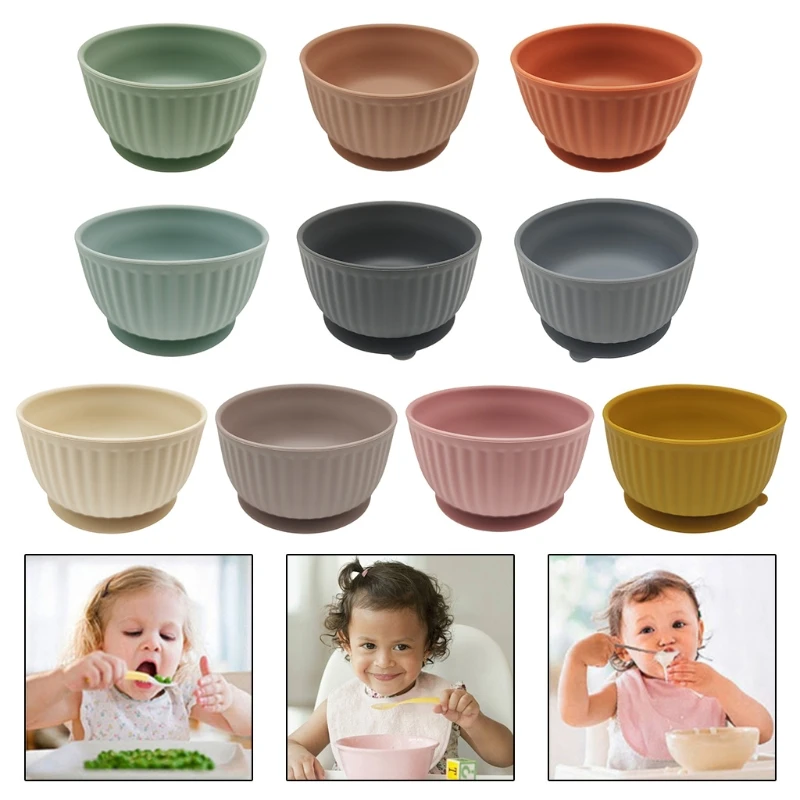 It happens that teachers who fall into my orbit also describe something similar in their students - both small and large. nine0005
It happens that teachers who fall into my orbit also describe something similar in their students - both small and large. nine0005
Why is this happening? Worried parents and teachers nod at TV, virtual reality, the material ideals of the consumer society, computer games, the speed and cruelty of the modern world, the lack of "backyard life", even, sometimes, at some kind of "autism epidemic".
And, allegedly as a result, "He does not know how to take into account the needs of others!"; "He does not see others, does not understand, does not feel!" And all this, mind you, along with the almost public hysteria about tolerance, universal humanism, "acceptance of the other", etc. nine0005
But it is clear that before "accepting another", it would be nice to see him. And not as an object of your concern (allowing you to feel humane and tolerant), but as a subject with his own needs and problems.
Therefore, today we will talk about bird feeders made by children. It seems that it can be more humane, touching and harmless? This is certainly not on our topic - about childish callousness and parental and pedagogical anxieties.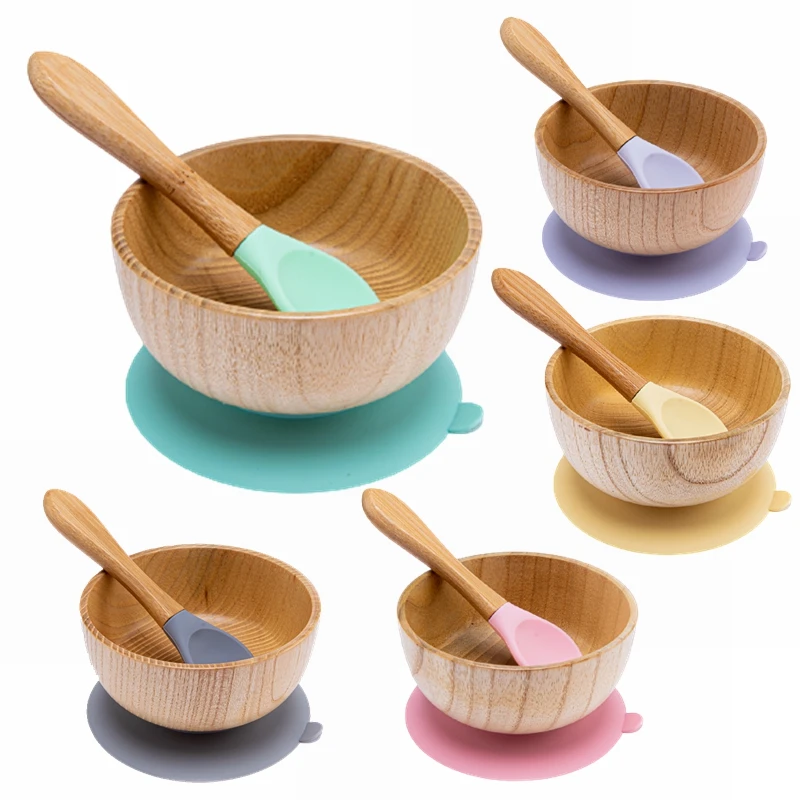 However...
However...
What bird feeders should not be made
One day, at the end of winter, I suddenly discovered that the trees and bushes of our rather green quarter in the Moskovsky district of St. Petersburg were hung with numerous groups of "bird feeders". The quotation marks in my statement are explained by the fact that, in fact, the vast majority of these objects as feeders were absolutely unsuitable, and no bird food was observed in them. Judge for yourself.
It is difficult or impossible to get into such a "trough". None of them has a perch for a bird to sit on, the wind turns light paper bags and bottles, the sharp edges of the plastic cut the legs of the birds... Do I need to continue? nine0005
But what is this phenomenon? Where do these ugly bugs on bushes and trees come from? And this is another bureaucratic humanitarian initiative for elementary school students and kindergarten students: we will do everything at once and hang up bird feeders! Just like that - every group, every class.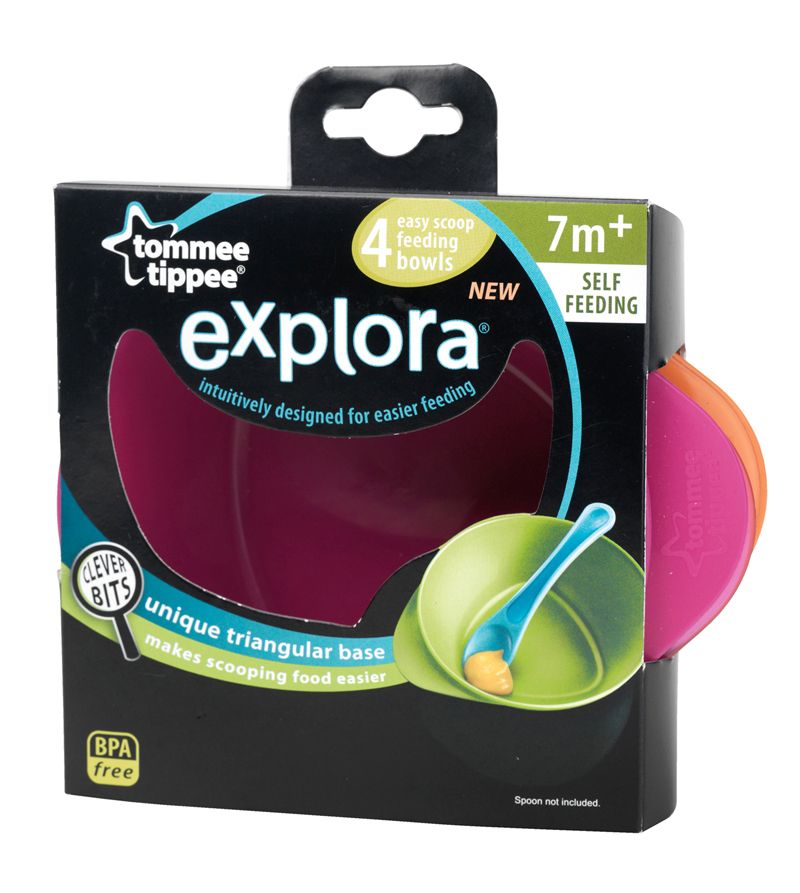 And on each bush, like a group of cheerful hangmen, they will hang out... This is good, we teach our children to think about our smaller brothers.
And on each bush, like a group of cheerful hangmen, they will hang out... This is good, we teach our children to think about our smaller brothers.
Do you think this is our local, district or city initiative? I thought so too. However, by the will of fate, I had a chance to ride about Russia. Here they are, dear ones, in Yekaterinburg. nine0005
And here - in general, in Khabarovsk.
This is an all-Russian initiative, do you understand? We will hang feeders all over the country and teach the younger generation to take care of those near and far!
And then I just hear muttering: well, of course, of course, our legislators are always generating all sorts of stupid initiatives, and then... Stop! Everything is fine with this initiative! There is no, absolutely no fault of officials, the virtual world, the world of consumption and, of course, children. Attention!
How to make the right bird feeder
You are a teacher, and such an initiative came to you from above.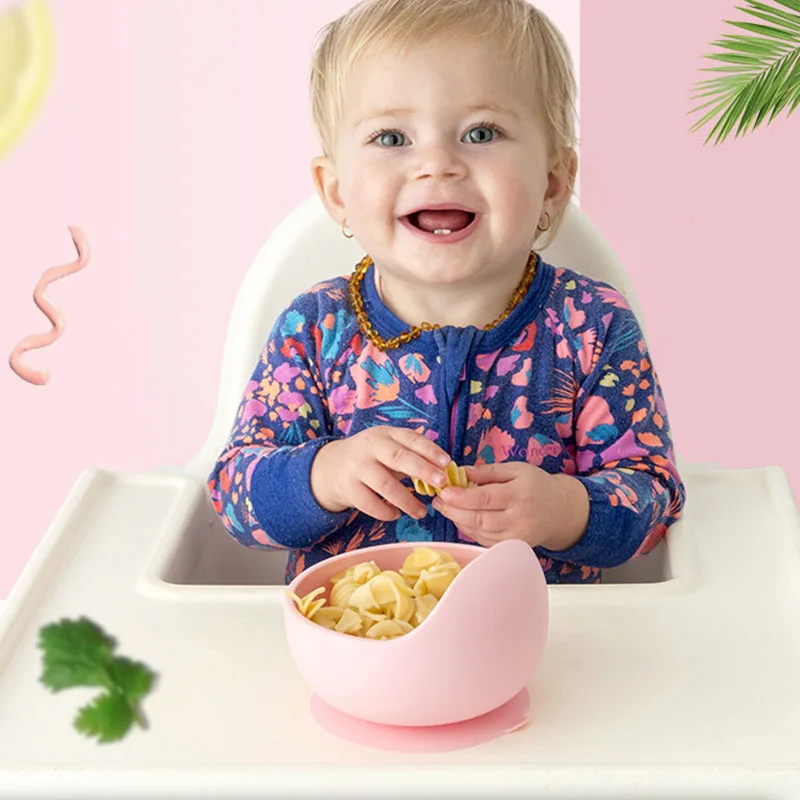 A good thing, in general, is feeders. In fifteen minutes you tell the children how the birds of your area eat, what feeders they need, what they must have (perches, bumpers, comfortable for paws, fixation, etc.) and what they should not have in any case. Tell us what such feeders can be made of and (important!) Which of these is more convenient and pleasant for the birds themselves.
A good thing, in general, is feeders. In fifteen minutes you tell the children how the birds of your area eat, what feeders they need, what they must have (perches, bumpers, comfortable for paws, fixation, etc.) and what they should not have in any case. Tell us what such feeders can be made of and (important!) Which of these is more convenient and pleasant for the birds themselves.
Then - the most reasonable! (children are small, clumsy) - suggest making one high-quality feeder for the whole class and then set up a watch, who should pour food there when. nine0005
If the children agree, then two or three labor lessons are spent making a feeder and reasonably setting it up on the ground. At the same time, some children will watch sawing, hammering nails, etc. If you don’t know how, some dad (or mom) will help - it’s really a good thing. If the children themselves want to, send them home and once again specify which feeders will be accepted for hanging.
If a child who has tried hard at home brings you such a feeder, then what do you say? nine0005
You say that rustling paper birds are frightening, and in these idiotic rings and chains they can even break their legs. And, of course, you don’t hang these feeders anywhere. However, if you initially spent fifteen minutes and explained everything to the children, they won’t bring you such feeders.
And, of course, you don’t hang these feeders anywhere. However, if you initially spent fifteen minutes and explained everything to the children, they won’t bring you such feeders.
If for once you have been brought a well and properly made feeder (pay attention to the perch on the side), you do not need to "decorate" it with frightening birds and making it difficult to approach the feeder with a white glossy advertising poster! nine0005
If you still want a poster, it is quite possible to attach it to a tree trunk higher or lower, but it would be better for all kindergartens to make sure that there is something edible in the feeder (when I saw this feeder, it was completely empty).
Now on. Here you are a parent, and a child came to you from school with the task of making a feeder. What are you doing? If you are not an amateur ornithologist, then, of course, you first surf the Internet. Then you tell the child what kind of birds you actually have there, what they eat and what psychomotor requirements they have for the feeding place. Then, taking into account all this, you jointly develop a project and start manufacturing a feeder. Then, until the summer, at least make sure that there is appropriate food in this feeder. Provide it to the child, remind, go there together, etc. nine0005
Then, taking into account all this, you jointly develop a project and start manufacturing a feeder. Then, until the summer, at least make sure that there is appropriate food in this feeder. Provide it to the child, remind, go there together, etc. nine0005
And all the time they emphasize to the children that this is done from the interests of the birds, and not to satisfy officials, self-promotion, someone's aesthetic needs, etc.
To be able to understand the other. Learn to understand others. Do we (each of us) really teach? Or are we fooling around?
By the way, this is what an ideal, time-tested "living" bird feeder looks like. When I approached her to take a picture, three birds were feeding on her: two tits and, it seems, a crossbilly. nine0005
Land of empty feeders - Katerina Murashova - Children - Site materials - Snob
Parental complaints about children's unwillingness to study, their willfulness, stubbornness, addiction to computer games - all this is a common thing in my office. But recently, quite often (and every year, alas, more and more often) families come and complain about the "calling", emotional dullness of their children.
But recently, quite often (and every year, alas, more and more often) families come and complain about the "calling", emotional dullness of their children.
These children are often very intelligent, but they do not know how to sympathize with those who are nearby (at the same time, book or movie characters are sometimes quite able), they do not recognize the feelings of other people, they do not understand the emotional consequences of their actions, they are not interested in anyone but themselves. People (classmates, teachers, parents, acquaintances) are often seen by them as simple schemes, or even simply objects for simple manipulations (they, as a rule, are incapable of complex ones precisely because of a lack of understanding of the emotional side of what is happening). Teachers I know sometimes also describe something similar in their students, both small and large. nine0005
Why is this happening? Anxious adults nod at the TV, virtual reality, the material ideals of the consumer society, computer games, the acceleration and cruelty of the modern world, the lack of "yard life", even, sometimes, at some kind of "autism epidemic". And all this, mind you, along with almost public hysteria about tolerance, universal humanism, “acceptance of the other”, etc.
And all this, mind you, along with almost public hysteria about tolerance, universal humanism, “acceptance of the other”, etc.
But it is clear that before “accepting the other”, it would be nice to see him. And not as an object of your concern (allowing you to feel humane and tolerant), but as a subject with his own needs and problems. nine0005
So today we are going to talk about bird feeders made by children.
It seems that it can be more humane, touching and harmless? This is certainly not about childish callousness and parental and pedagogical anxieties. However.
One day, at the end of this winter, I suddenly discovered that the trees and bushes of our rather green quarter in the Moskovsky district of St. Petersburg were hung with numerous groups of “bird feeders”. The quotation marks in my statement are explained by the fact that in fact the vast majority of these objects as feeders were unsuitable, and there was no food for birds in them. Judge for yourself. nine0005
nine0005
- Photo: Katerina Murashova
It is difficult or impossible to get into such a "feeder". None of them has a perch for a bird to sit on, light paper bags and bottles are twisted by the wind, the sharp edges of the plastic cut the legs of the birds ... Do I need to continue?
But what is this phenomenon? Where do these freaks in the bushes and trees come from? And this is another bureaucratic humanitarian initiative for elementary school students and kindergarteners - we will do everything at once and hang up bird feeders! That's right - every group, every class. And on every bush, like a company of cheerful gallows, it will hang out ... This is good, we teach our children to take care of our smaller brothers! nine0005
Do you think this is our local, district or city initiative? I thought so too. However, by the will of fate, I had a chance to ride around Russia. Here they are, dear ones - in Yekaterinburg.
- Photo: Katerina Murashova
And here is in Khabarovsk.
- Photo: Katerina Murashova
This is an all-Russian initiative, do you understand? The whole country will hang feeders and teach the younger generation to care for near and far!
And then right now I hear muttering: well, of course, of course, our legislators are always generating all sorts of stupid initiatives, and then... Stop! Everything is fine with this initiative! Absolutely no fault of the officials, the virtual world, the world of consumption and, of course, the children are not here. Attention.
You are a teacher, and such an initiative came to you from above. A good thing in general is feeders. In fifteen minutes you tell the children how the birds of your area eat, what feeders they need, what they must have (perches, sides that are comfortable for paws, fixation, etc.) and what they should not have in any case. Tell us what such feeders can be made of and (important!) Which of these is more convenient and pleasant for the birds themselves. Then - the most reasonable! (children are small, clumsy) - you propose to make one high-quality feeder for the whole class and then establish a watch: who should pour food there when. If the children agree, then two or three lessons of labor are occupied with the manufacture of a feeder and its reasonable placement on the ground. At the same time, the children will watch how they saw, hammer nails, etc. If you yourself don’t know how, some dad (or mom) will help - it’s really a good thing. If the children themselves want to, send them home and once again specify which feeders will be accepted. nine0005
Then - the most reasonable! (children are small, clumsy) - you propose to make one high-quality feeder for the whole class and then establish a watch: who should pour food there when. If the children agree, then two or three lessons of labor are occupied with the manufacture of a feeder and its reasonable placement on the ground. At the same time, the children will watch how they saw, hammer nails, etc. If you yourself don’t know how, some dad (or mom) will help - it’s really a good thing. If the children themselves want to, send them home and once again specify which feeders will be accepted. nine0005
If you then, as a child who, who tried at home, brings such a
- photo: Katerina Murashova
or even such a
- photo: Katerina Murashova
feeder, what are you saying? You say that rustling paper scares the birds, and in these rings and chains they can even break their paws. And of course, do not hang these feeders anywhere. However, if you initially spent 15 minutes and explained everything to the children, they will not bring you such feeders. nine0005
However, if you initially spent 15 minutes and explained everything to the children, they will not bring you such feeders. nine0005
If for once they brought you a well-made feeder,
- Photo: Katerina Murashova
- Pay attention to the perch on the side
Pay attention to the perch on the side
decorate it with frightening birds and a white glossy advertising poster that makes it difficult to approach! If you still want a poster, it is quite possible to attach it to a tree trunk higher or lower, but it would be better for the whole kindergarten to make sure that there is something edible in the feeder (when I saw this feeder, it was completely empty ). nine0005 Now on. Here you are a parent, and a child came to you from school with the task of making a feeder. What are you doing? If you are not an amateur ornithologist, then, of course, first you climb the Internet. Then tell the child what kind of birds you actually have there, what they eat and what requirements they have for the place of feeding.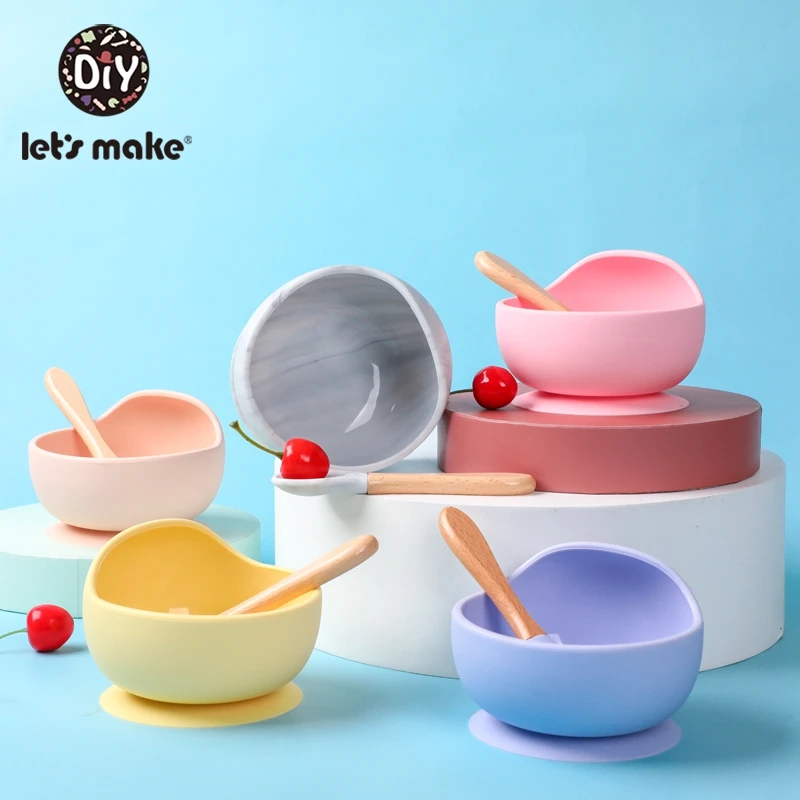 Then, taking into account all this, you jointly develop a project and proceed to the manufacture of the feeder. Then until the summer, at least make sure that there is appropriate food in this feeder. Provide it to the child, remind, go there together, etc.
Then, taking into account all this, you jointly develop a project and proceed to the manufacture of the feeder. Then until the summer, at least make sure that there is appropriate food in this feeder. Provide it to the child, remind, go there together, etc.
And that's all, all the time you emphasize to the children that this is done from the interests of the birds, and not to satisfy officials, self-promotion, someone's aesthetic needs, etc.
To be able to understand the other. Learn to understand others. Do we (each of us) really teach? Or are we fooling around?
- Photo: Katerina Murashova
By the way, this is what an ideal, time-tested, “living” bird feeder looks like. When I approached her to take a picture, three birds were feeding on her - two tits and, it seems, a crossbilly. nine0005
Katerina Murashova:
Real Madrid and its inhabitants
Why modern children do not want to play in the yard, preferring virtual communication
Katerina Murashova:
Sweet monster.
